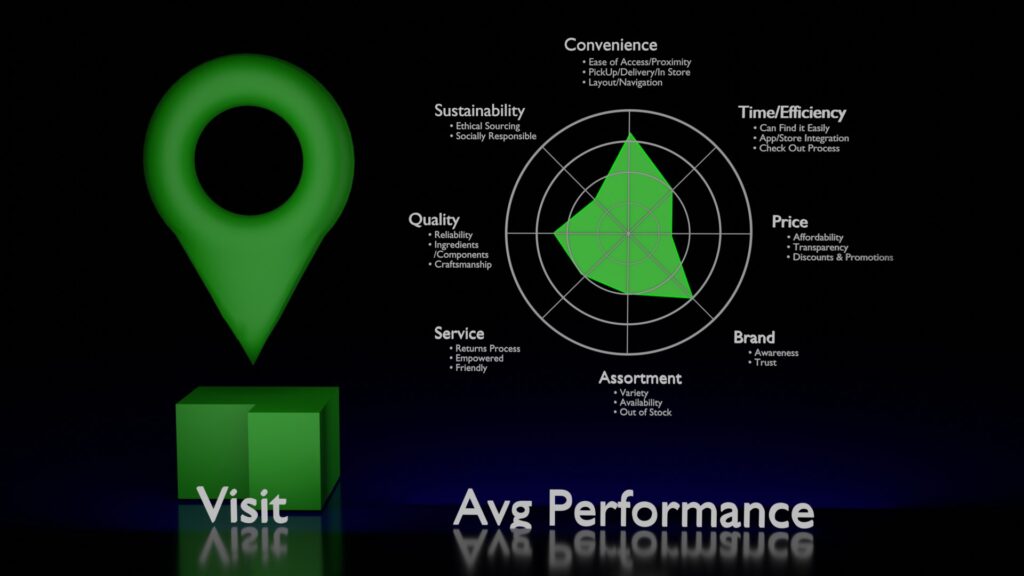Customer Lifetime Value
Customer Economics
Understanding Your Customer's Lifetime Value
Understanding your Customer Lifetime Value (CLTV) is key to making smarter, data-driven decisions that fuel growth. Our advanced CLTV approach allows you to customize your time horizons to fit your decision time horizon. When you are making a tactical one-year investment or planning a long-term customer acquisition strategy, you will need to calculate customer value over different timeframes to ensure every dollar you spend is optimized for measurable ROI. Use short-term CLV for rapid payback analysis, or leverage long-term projections for strategic investments. Gain clarity, improve profitability, and invest with confidence—because knowing your customers’ true value is the key to unlocking your business’s full potential.
Market Fit: Customer Expectation and Delivery Execution

Is there a good market fit between what the customer expects and what the organization can deliver?
The stronger the overlap between what customers value as import and what your organization can continuously deliver the better your organization will retain customers.

Geospatial Convenience

How convenient is your location relative to other competitive options that exist for the customer? If your physical assets are not positioned to capture a customer, can you leverage your digital assets to better compete?
Customers have lots of options. If a customer has to drive past multiple competitors with similar value propositions to get to your store, retaining them will be harder. A single bad experience could cause them to defect to a competitor. As geospatial convenience declines, using other tactics to retain becomes ever more important.
Customer Experience Impacts Customer LTV
First Impressions
It's important to start the relationship with the customer on the right foot. A good first impression can lead to strong positive outcomes and repeat business...
Lots of Repeat Business
With your strong understanding of the customer's needs and operational excellence, you'll see higher retention rates.
Bad First Impression
Whether it is a bad day or just a misfit between your offering and the customer, a single experience can drastically reduce the likelihood of repeat business.
By analyzing the economics of each customer experience it is possible to estimate Customer Lifetime Value and make informed investments to change the experience to drive profitable outcomes.



